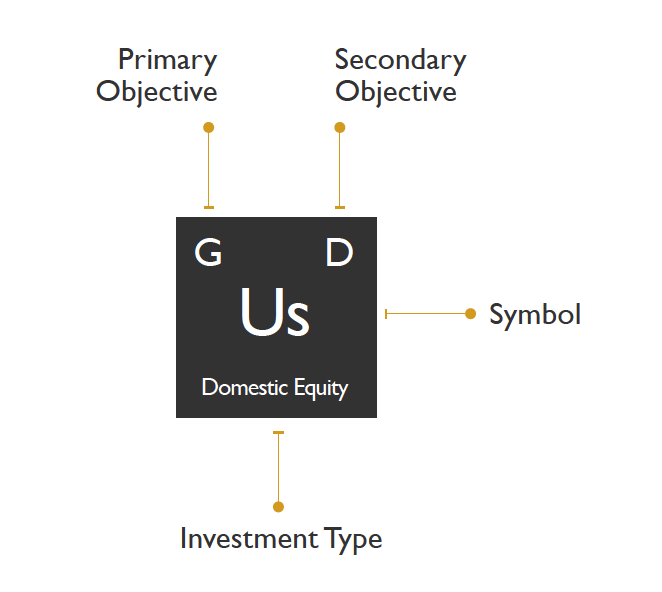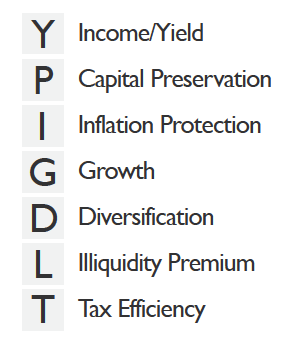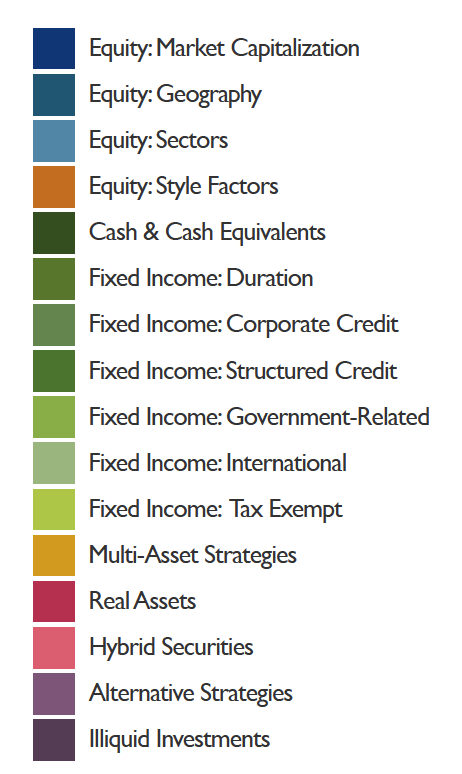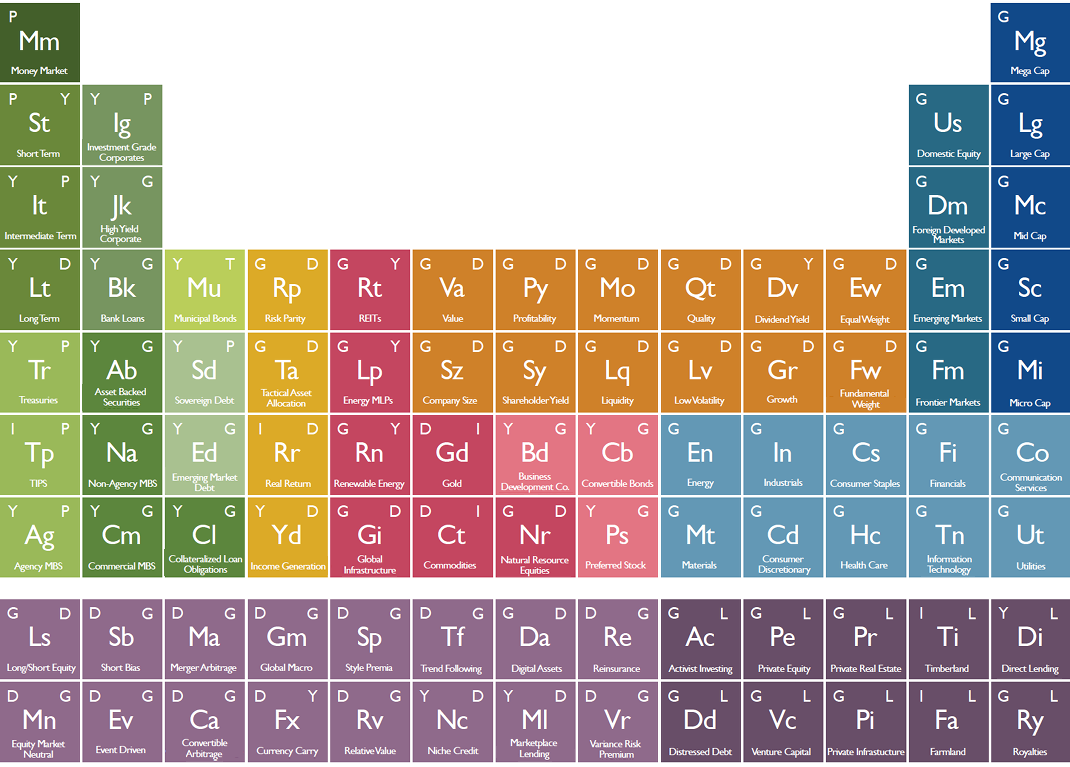The Periodic Table of Investments
Periodic Table of Investments
The investment universe is vast, but it’s also made up of many smaller moving pieces.
For serious investors, the foundation of the discipline is to understand the properties of these individual components, and to have them work in harmony to achieve a specific portfolio goal.
To do this successfully, one must understand the breadth of asset classes, tactics, and categories of investments that exist – and to know how they relate to one another.
The Chemicals Between Us
Today’s infographic comes from Phil Huber, the Chief Investment Officer for Huber Financial Advisors, who has cleverly depicted this relationship graphically in his blog.
Similar to how the physical universe is made up of chemical elements, he sees the possibilities around portfolio management as drawing from a broad pool of investing “elements”. Combine these different elements together, and you get compounds, structures, and eventually entire funds.
The periodic table of investments created by his team denotes each type of investment, the primary and secondary strategy related to it, and a color classification:

Here are the seven objectives that the top letters on each box refer to:

And finally, here are the colors that each block on the periodic table correspond to:

As you can see, considerable thought has been put into the categories and classifications. However, as Phil notes, this is simply the opinion of one person and it is not intended to be a universally accurate depiction of all portfolio management wisdom that exists:
I fully expect that there are a handful of omissions, or perhaps a few areas where one might flat-out disagree with how I’ve laid things out. This was not meant to be 100% exhaustive, nor was it meant to be indicative of what one of our portfolios looks like.
Phil Huber, Chief Investment Officer
For more of the lessons that can be derived from this clever periodic table of investments, we suggest checking out the original post on Huber’s blog.
Is there anything that he missed, or that you think could be classified better?




